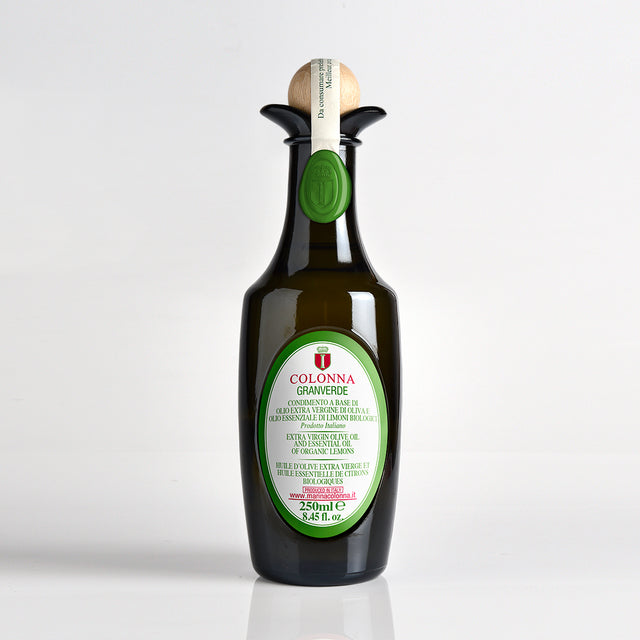The health benefits
Anti-Inflammatory
Anti-Inflammatory and Other Properties of Oleocanthal
The person most responsible, in my opinion, for breaking down Olive Oil and figuring out what part of the oil held the wonderful health benefits was Gary Beauchamp. Gary, who holds a PhD in biopsychology, directs the Monell Chemical Senses Center in Philadelphia, a non-profit research institute that studies the chemical underpinnings of smell, taste, and other sensations. Gary was interviewed by Tom Mueller, author of EXTRA VIRGINITY, published in 2013 and one of my reference books used to create this article. In 1999 Gary took part in a symposium in Sicily on a new field of study, termed “molecular gastronomy”. He tasted olive oil that had just been pressed, and he felt an odd burn in the back of his throat. He thought of ibuprofen, a nonsteroidal anti-inflammatory, that he had been testing in his lab for several months: chewing and swallowing doses of ibuprofen during the study and getting the same burn in the back of his throat as olive oil. He decided there must be a connection.
Beauchamp brought a bottle of the olive oil back to his lab where they broke the oil down into its chemical components and tasted each one to see if that substance burned in their throat. The named the substance “oleocanthal” a term they cobbled together from the Latin words for “oil” “sting” and “aldehyde” (an organic compound produced by oxidizing an alcohol). Further tests revealed that, although oleocanthal had a completely different molecular structure from ibuprofen, it inhibited COX-1 and COX-2 enzymes in a strikingly similar way. They later demonstrated that oleocanthal also reduces the adverse effects of ADDL’s, highly toxic protein byproducts which are believed to contribute to the onset of Alzheimer’s disease. What’s more, the substance appeared to make ADDLs a better target for antibodies, thus enhancing the effects of immunological therapies for Alzheimer’s.

How to look for proper oil
In 2005 Beauchamp conducted another study of EVOO and oleocanthal. The results were:
Oleocanthal - inhibited 41 -57% of COX activity
Ibuprofen – inhibited 13 -18% of COX activity
Some of EVOO’s positive effects stem from its monounsaturated fat profile; however, more and more medical research suggests that the polyphenols and other minor components of EVOO, which constitute only 2% of its volume, are the main source of EVOO’s health benefits. These same substances give high-quality EVOO its pepperiness, bitterness and other prized sensory properties. In fact, the EVOO’s healthful properties are directly proportional to the strength of its flavors, aromas, and other sensory characteristics. If an olive oil doesn’t sting on the back of the throat, it contains little or no oleocanthal. If it isn’t bitter, it’s low in tocopherol and squalene. If it isn’t velvety in texture, then it is missing hydroxytyrosol.
The amount of these beneficial substances vary widely among oils, from 50 to 800 milligrams per kilo of oil, depending on factors such as the olive cultivar, where it’s grown, how much water the trees receive, the ripeness of the fruit at harvest, and the milling and extraction methods used. Once again, to quote Gary Beauchamp, “Before researching olive oil, I used to buy any old oil in the supermarket. It was just something to dump over salad. Today, knowing what I know, I’m willing to spend $25 or more for a bottle of high-quality oil”. In fact, it’s the consumption of polyphenol-rich EVOO and the other elements of the Mediterranean diet over the long term that produce most of the diet’s health benefits.
Randall’s Comments
Tom Mueller also interviewed Lanfranco Conte, perhaps the world’s leading authority on olive oil chemistry, who holds the chair of food chemistry at the University of Udine, Italy. He also is an advisor to the International Olive Council in Madrid, the Agriculture department of the European Union in Brussels, and the Italian government’s Technical Commission on Oils and Fats in Rome. Today he uses his dual experience as a chemist and in food law enforcement to devise chemical tests for the different grades of olive oil. These, in turn, enter Italian and EU laws on olive oil. This is helping to make EVOO the most tightly controlled food in the world – at least on paper. Since the USA is not a member of the IOC, today we still have a very large percentage of the olive oil labeled Extra Virgin and sold as such in our grocery stores that doesn’t meet IOC standards. Therefore, a lot of what is sold has very little, if any, health benefits. And that is the main reason I am an importer: so that people in the USA – and elsewhere - can purchase and consume real EVOO, and benefit from it’s health properties.
Our Recommendations for Your Health
All of our extra virgin olive oil products are rich in polyphenols and high quality vitamins. Olive oil may reduce the risk of developing a plethora of diseases and medical conditions, including certain types of cancer. A basic kitchen staple, extra virgin olive oil is considered an essential cooking oil at home that also enriches your food with vital anti-inflammatory antioxidants. Cooking extra virgin olive oil with your meals will incorporate these valuable nutrients into your diet, while also adding a delicious flavor to your food. There are countless ways that the effects of olive oil can be noted in your life, but improving and protecting your health is perhaps the most notable.



